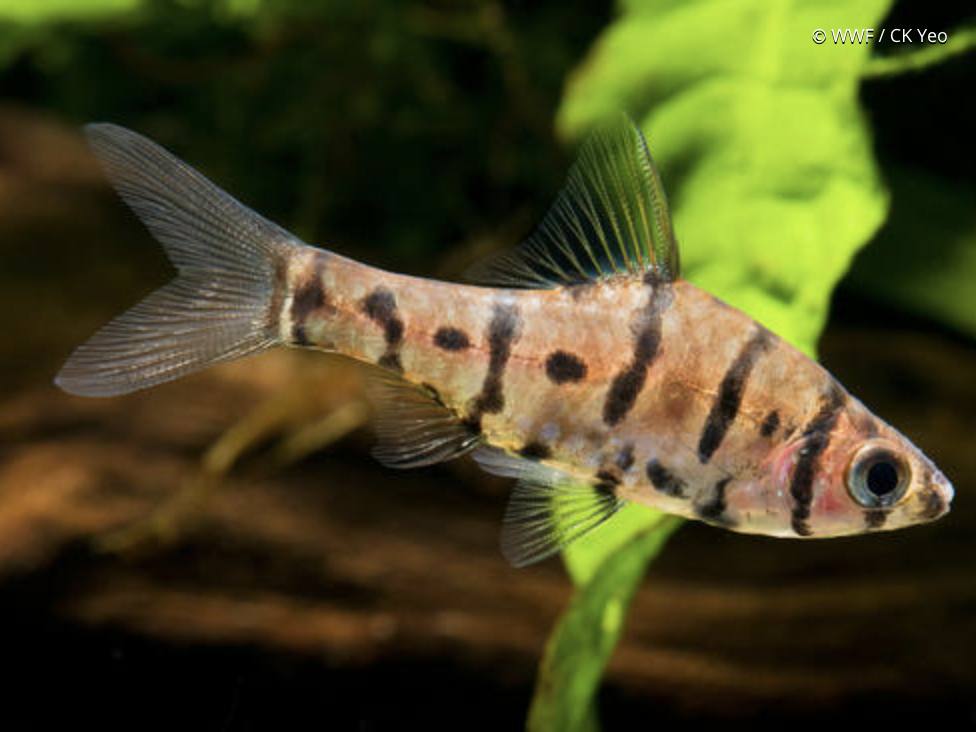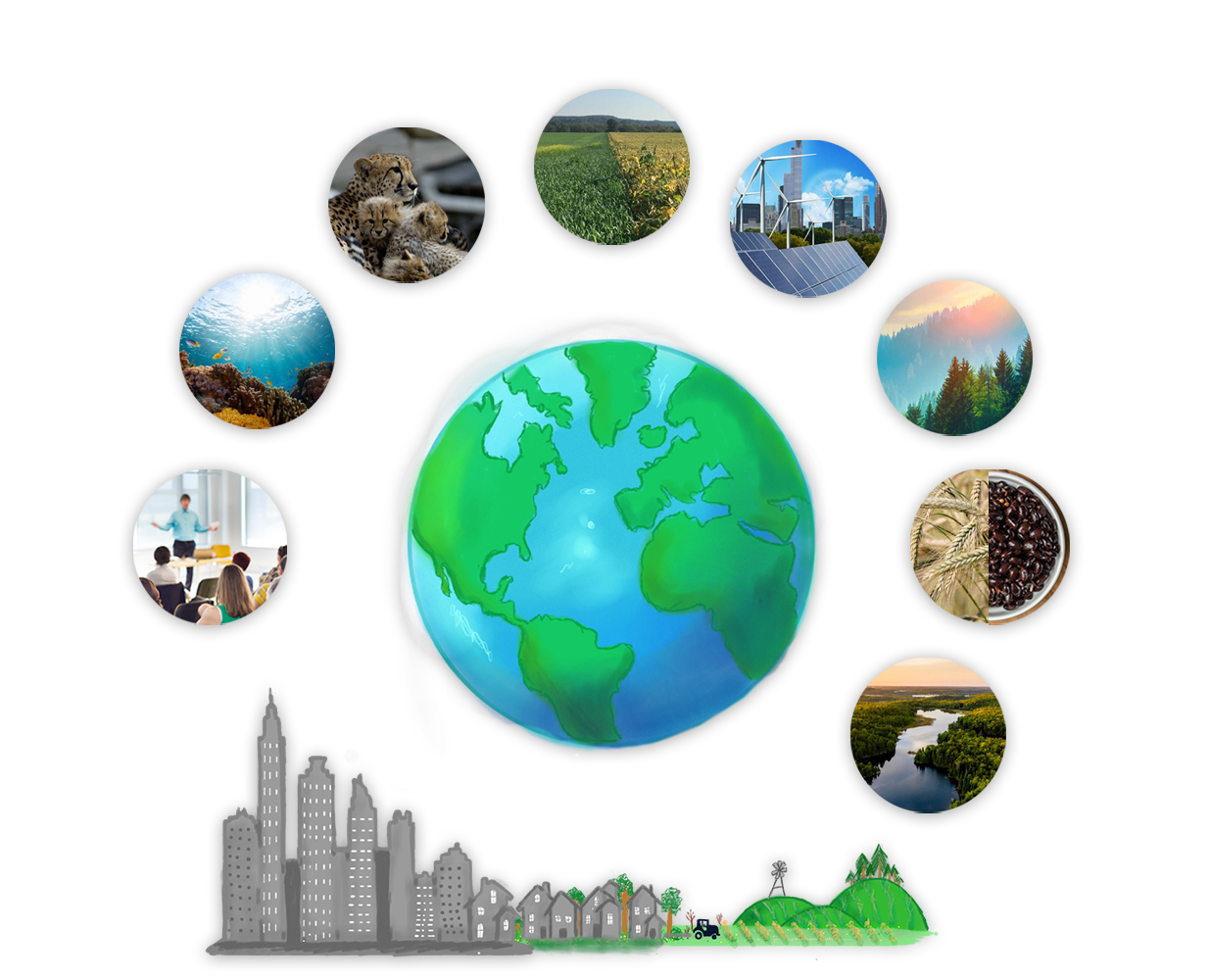TERRASCOPE 2024
The Everyday
Biodiversity
Crisis
What is Biodiversity?

Biodiversity is the heterogeneity of all Earth’s life forms: plants, animals, fungi, and microorganisms. There are significant links between biodiversity and ecosystem stability, as it fosters resilience necessary to withstand natural disaster, habitat destruction, human development, and climate change.
As humans continue to exploit the planet’s resources, biodiversity suffers. According to the World Wildlife Fund’s 2018 Living Planet Report, there has been an average decline of 60% in the global species populations of mammals, fish, birds, reptiles, and amphibians since 1970. The preservation of biodiversity on Earth is not only beneficial to wildlife but also to humans. Maintaining biodiversity increases the availability and stability of food, clean water, medicine, and shelter.
Overview: Solving the Biodiversity Crisis
Terrascope 2024 investigated many possible solutions to the current biodiversity crisis, but ultimately decided to focus on mitigating the effects of urbanization. Click (or tap) the cityscape or bubbles to learn more about other ways to address biodiversity decline. Educating the public on the importance of biodiversity conservation efforts, which in turn will shift the general population’s attitudes and actions toward environmental protection Transforming the way we engage with our oceans through the promotion of responsible fishing, reduce ocean debris, abate ocean acidification, and mitigate unsustainable marine resource extraction Human intervention in natural ecosystems to preserve inter-species diversity through breeding animals in captivity and archiving plant species in order to reintroduce them back into their natural habitats Farming and grazing practices that focus on increasing soil health, biodiversity, climate resilience and biosequestration (removing carbon dioxide from the atmosphere) Advancing energy efficiency and reducing high greenhouse gas-emitting practices in order to curtail the negative effects of climate change on biodiversity insofar as large scale ecological disruption Reducing deforestation by limiting agricultural expansion, regulating the production of land-intensive products––such as beef, soy and palm oil––and actively restoring forest lands Transitioning society away from resource intensive food sources with large ecological footprints over to more sustainable food production and consumption practices such as reducing meat-consumption as well as eliminating food waste Fundamentally shifting global freshwater resource management strategies toward limiting extraction of water from natural systems; utilizing new methods of treating water; monitoring pollutants; and increasing overall efficiency of freshwater use practices that greatly protect species of animals and plants that depend on these precious resources Terrascope 2024 investigated many possible solutions to the current biodiversity crisis, but ultimately decided to focus on mitigating the effects of urbanization. Click (or tap) the cityscape or bubbles to learn more about other ways to address biodiversity decline.
Biodiversity Education
Fisheries and Ocean Transition
Anthropogenic Species Preservation
Regenerative Agriculture
Climate Change Transition
Land and Forests Transition
Sustainable Food Transition
Sustainable Freshwater Transition
OUR SOLUTION:
Impact of Urban Spaces
Terrascope 2024 brought students together from cities all over the world with a shared passion for bolstering the bastion of biodiversity in the US. Wanting to make a tangible impact in their own communities, the students developed a personal connection with addressing the impact of urban spaces on biodiversity. Although all the solutions above are relevant to the biodiversity crisis, members of Terrascope 2024 wanted to investigate areas with the most overbearing human effect on biodiversity. Keeping in mind that urban spaces have the highest population density, Terrascope 2024 proposed solutions that can be implemented in cities. Finally, none of the students have yet fully experienced MIT’s campus in Cambridge. They felt that researching solutions that can be applied to Boston could familiarize them with the city in which they would soon reside.
Solution Areas
Demonstrating how devalued landscapes, such as abandoned buildings and brownfields existing in pockets throughout a city, can be transformed to create a cumulative positive impact on biodiversity within city limits
Exploring how conventional farms can use hydroponics, aquaponics, and aeroponics to reduce land and water consumption, lessening the impact of the growing domestic food demand on rural biodiversity
What is Terrascope 2024?
Terrascope is a learning community for first-year students at MIT to solve complex, real-world problems.
